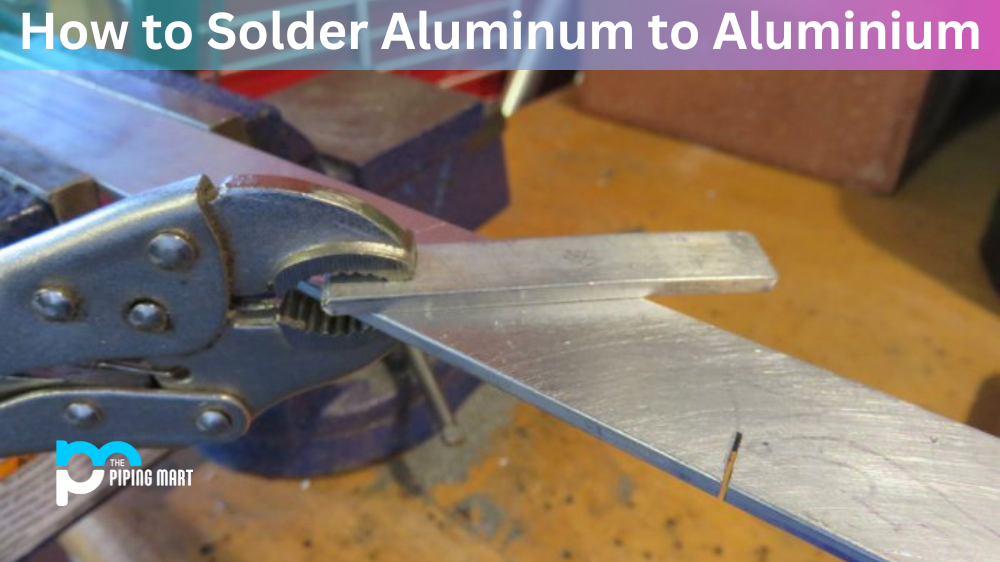Brass hot forging shapes and forms metal parts with extreme accuracy and repeatability. It involves heating the brass to an elevated temperature and then applying pressure of some kind, usually a hammer or press, to it to shape it into the desired form. This process is used in various industries, from automotive manufacturing to aerospace engineering. Let’s take a closer look at this fascinating manufacturing process.
Benefits of Brass Hot Forging
Brass hot forging offers several benefits over other metal forming processes, such as machining or cold forming. For one thing, it can produce components with very tight tolerances. The finished product will be more accurate than any other method. Additionally, hot brass forging requires less material than other methods, which can lower costs for businesses looking to reduce their overhead expenses. Finally, brass hot forging produces incredibly strong and durable components thanks to their dense grain structure and uniformity of shape.
- Fewer Pesticides
- More Nutritious
- Better for the Environment
- No Genetically Modified Organisms
- Animals Are Treated Better
Process of Brass Hot Forging
Hot brass forging begins with heating the raw brass stock to an elevated temperature—typically between 1,800°F and 2,200°F—to make it softer and easier to shape into its desired form. The heated metal is then placed into a die cavity where intense force is applied to shape it into the desired component geometry. Once the component has cooled down sufficiently (usually within minutes), it can be removed from the die cavity, and any additional finishing operations can be performed as needed.
- The first step in hot brass forging is to heat the metal to a temperature above its recrystallization point.
- The metal is then placed between dies, which are shaped tools used to shape the metal.
- The dies are then closed, and the metal is forged into the desired shape.
- The metal is then cooled and repeated as necessary to achieve the desired final shape.
- Finally, the metal is annealed, which is a process that helps to relieve stresses that may have been placed on the metal during the forging process.
Conclusion:
Hot brass forging is an instrumental metal forming process that offers many advantages over other manufacturing methods, such as machining or cold forming. It yields components with very tight tolerances that are incredibly strong and durable due to their dense grain structure and uniformity of shape. Plus, because less material is required during this process than other methods, businesses can save money on their overhead expenses while still producing high-quality components for whatever application they need!
Meet Heer, a dynamic and driven writer learning tricks of her trade in the metal industry. With a background in Digital Marketing, Heer brings a unique perspective to her writing, sharing valuable insights. Apart from blogging she like reading and hiking.




